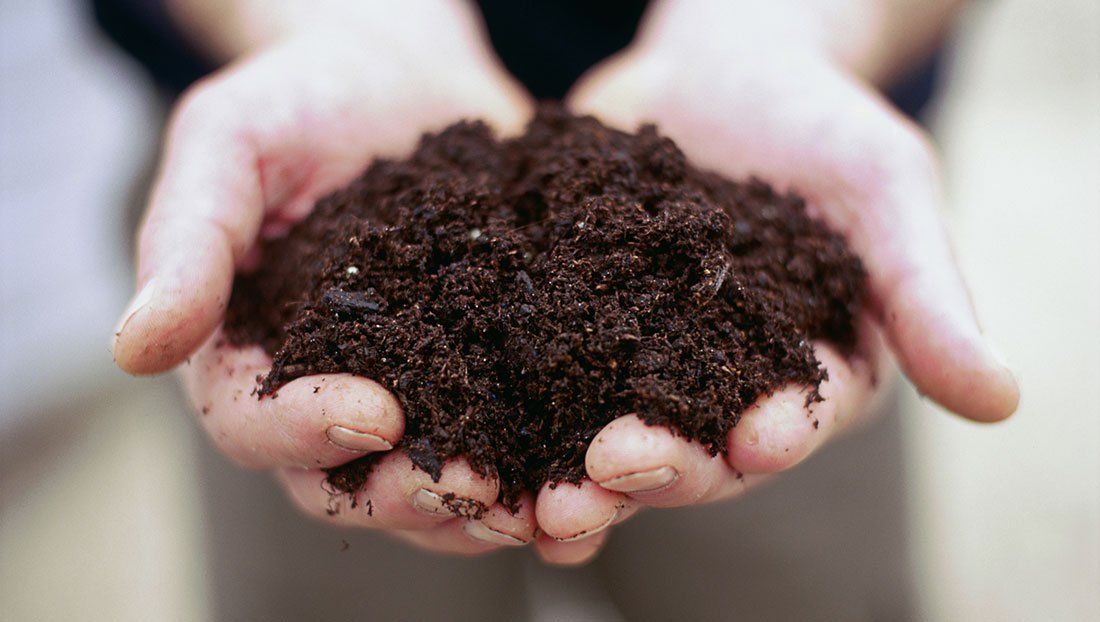Photo Credit: Francesca Yorke
Clients in our region routinely complain to me about the ‘terrible’ soil in their gardens and home landscapes. I suggest that we in the Monadnock region, as well as everywhere, have great soil. Here’s why.
New England Soil Grows Forests
Our soil does a fabulous job growing forests. Our New England forests re-grew through a series of successional stages even after the devastating deforestation, soil compaction, and soil erosion caused by the Great Sheep Boom of the early to mid-1800s. We, however, make our life more challenging, frustrating, and expensive by expecting our New England soils to grow all manner of plants that are meant to grow in the soil and weather conditions of other parts of our country and the world. Hence we resort to elaborate winter protections for Boxwoods native to southern Europe and many hybrid roses native to Asia, to name just two, common examples.
Choose Native Plants
Carl Majewski, Food and Agriculture Field Specialist with the University of New Hampshire Extension said recently that he tells Master Gardener students: “There is only so much you can do to modify your soil.” He explains that “It will never be reasonable to replace the, in most cases, sharply-drained, lower fertility, more acidic soil of our region”. We can choose instead to make our life much easier, saving time, effort, and money by respecting our sandy loam and growing plants that are native to our Northeastern Highlands, EPA Level III Ecoregion 58. This approach protects your plant investments without fertilization and additional watering -after the initial establishment of course.
Always Use Your Fall Leaves for Mulch
Granted, there are extenuating circumstances where our native soil has been removed or contaminated in and around our homes. Construction rubble and straight sand or gravel are not native soil. In these cases, Majewski recommends “amending the soil in the planting area, not just the planting hole, with compost created from your yard waste, fall leaves, and kitchen scraps. This compost increases both the water holding capacity of the soil as well as the nutrients available to your new plants.” Additionally, direct mulching a 3” ‘carpet’ of your fall leaves every year, in planting beds around, not touching the base of, each plant, mimics the protection and nutrient cycling our forest trees want to provide. This approach also conserves moisture, moderates soil temperatures, and protects your plants’ roots from drying winter winds. Unless you live in the broad and fertile Connecticut River valley, growing non-native fruits and vegetables also require substantial soil amendments to create the nutritious and delicious fruits and vegetables we enjoy.
How Hard Do You Want to Work?
So, how hard do you want to ‘work’ on your yard and non-food garden? How much money do you want to spend on fertilizer and water, let alone replace plants, shrubs, and trees that are not meant to grow here? Our soils grow terrific, gorgeous forests and other native plants that create a beautiful landscape. Your garden and landscape can be a full-season, beautiful place of spring blooms feeding our pollinators, leading to summer berries that feed our birds and wildlife, to the spectacular fall colors that have graced our region down through millennia. The nativeplanttrust.org, homegrownnationalpark.org, and wildones.org offer wonderful, free resources to get started.
Michele Chalice, owner of Healthy Home Habitats, designs ecological landscapes with Monadnock region homeowners. She also presents public programs, workshops, and in-person mentoring for home landscape stewardship, instead of ‘yard work’, that protects air and water quality, as well as enhances native plant diversity and soil health. She lives at the Healthy Home Habitats (HHH) house in Keene with urban, demonstration gardens that highlight less grass, more native plants, and amazing seasonal interest as well as growing organic vegetables and fruits. Learn more at @HealthyHomeHabitats and www.HealthyHomeHabitats.com or schedule a free, 20-minute, eco-landscape consultation.
RESOURCES:
New England Forests Show Changes In Land Use Over Time
Bplant.org Ecoregion Locator
This article first appeared in the August 2 issue of the Monadnock Shopper News.

